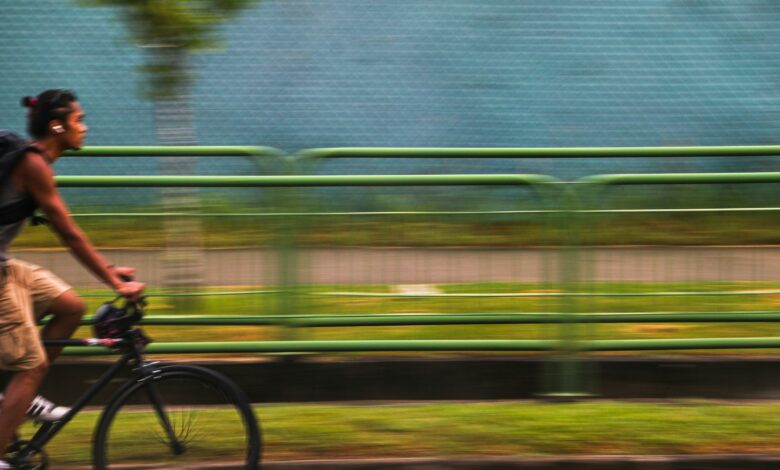
Ever scrolled through social media and paused on a photo because it felt cinematic? Chances are, it wasn’t about the subject alone, but how the details around it were softened, subtly pulling your focus where it mattered most. Blur, when used with intention, isn’t just an editing trick; it’s an art form that transforms an ordinary shot into something evocative, emotional, and visually compelling. Softening focus in photography gently reduces sharpness to create a more romantic, atmospheric, or timeless feel in your images
Why Blur Is More Powerful Than You Think
In photography and design, we often chase sharpness. But there’s a quiet magic in softening edges, in letting certain parts of an image fade into the background so others can shine. From portrait photography to product marketing, this effect creates a professional, almost cinematic vibe without needing complex gear or high-end lenses.
Online tools have made this technique effortless for everyone. For instance, you can now easily blur image backgrounds or specific elements to highlight the focal point of your shot, giving even amateur photos a polished, intentional look. What once required expensive equipment can now be done in minutes, right from your browser.
The Psychology Behind Blurred Backgrounds
There’s a reason our eyes are naturally drawn to focused subjects against soft backdrops. Blur mimics how human vision works: we zero in on what’s important and let everything else fade. This visual hierarchy helps communicate emotion or direct attention. A blurred street behind a portrait feels intimate. A softly faded table cluttered behind a food photo makes the dish look irresistible.
In marketing, this has a particularly significant impact. A product against a subtly blurred backdrop instantly feels premium. Brands use this to simplify visuals, cut distractions, and ensure the viewer’s attention stays exactly where they want it.
Where You’ll See Blur Done Right
Blur isn’t new; filmmakers, photographers, and designers have been leaning on it for decades. But it’s everywhere now, especially in digital spaces:
- Portrait Photography: Creating that dreamy “bokeh” effect where lights turn into glowing orbs behind the subject.
- Social Media Posts: Lifestyle influencers often blur their backgrounds to keep the focus on fashion, food, or themselves, while still subtly hinting at the ambiance of their surroundings.
- Marketing Graphics: Brands use blur to layer text over images without compromising readability, such as in event posters or product announcements.
- Web Design: Blurred overlays make modern websites feel sleek, guiding the eye toward buttons and calls to action.
Each of these examples demonstrates the versatility of the effect and how subtle changes in blur intensity can significantly alter the overall mood of a visual.
How to Use Blur Without Overdoing It
Like any editing tool, blur can go from elegant to excessive fast. The trick is balance. Here are some pro tips to keep it tasteful:
- Blur selectively, not everywhere. Keep your subject sharp and let the background fade into the distance. Over-blurring can make an image look artificial.
- Control the intensity. A soft blur adds depth; a heavy one can feel distracting unless you’re going for an artistic effect.
- Think about color and light. A blurred sunset behind a silhouette works beautifully because the colors still communicate mood.
- Use it to guide emotion. A blurred rainy window can evoke nostalgia; a blurred crowd can suggest focus or isolation.
Everyday Uses Beyond Photography
Blur isn’t just for photographers. Students, small business owners, and even casual social media users can leverage it:
- Presentations: Blur busy backgrounds behind key text to make slides feel clean and professional.
- Event Invitations: A soft backdrop behind typography lends a designer finish to DIY invitations.
- Product Shots for Online Shops: Blur props around the product to make it pop without costly studio setups.
- Content Creators: YouTubers and bloggers use blur for thumbnails to separate faces from chaotic backgrounds.
Final Thoughts
Blur is one of those understated effects that, when used thoughtfully, can transform how people perceive your visuals. It adds mood, directs focus, and often elevates an otherwise simple shot into something share-worthy. Whether you’re designing for work, social media, or personal projects, mastering this subtle art can make your content look instantly more refined, without the need for a fancy camera.




